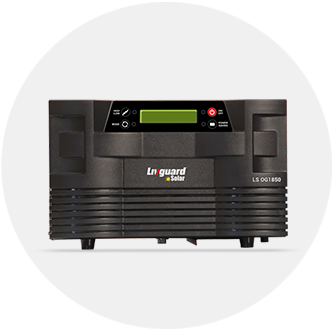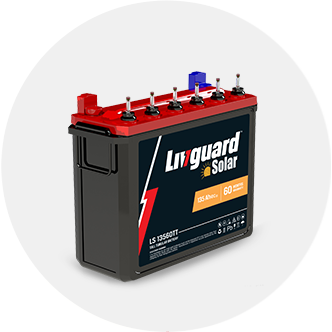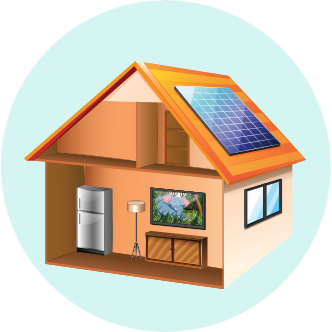Solar energy has two source of energy, light and heat. Light energy is converted into usable electrical energy. Heat energy is concentrated to use in solar Heater or cooking applications. Solar heat energy is also used for generating the electricity; however, the technology is not yet matured for wide commercial use. PV modules or Solar Panels or Solar modules convert sunlight into electric power. There are three types of PV modules: 1. Monocrystalline 2. Polycrystalline 3. Thin Film Monocrystalline cells are cut from a single crystal of silicon.
Although they are more efficient than polycrystalline cells, Monocrystalline cells are relatively expensive than other cells. Considering higher price and Indian
temperature conditions, they are less suitable for Indian market. Polycrystalline cells are effectively a combination of multiple layers of silicon, consisting of a large number of crystals. They are economical and ideal for Indian conditions. This electronic equipment converts DC power, from PV modules, into AC power that is consumed by your Load. The selection of inverter type depends on the sought application. Grid interactive and Grid interactive hybrid inverters feed excess power from solar panels directly to grid. They are designed to quickly disconnect from the grid, as a safety feature, in case the grid goes down. Hybrid or an off grid inverter is designed to both charge batteries and pass units to grid so that one saves on electricity bill and use the battery backup during power cut. Unlike the usual inverter-batteries, solar-batteries are designed for better charge acceptance, quick recharge and longer life. They are the heart of your comfort solution, providing backup during power cuts. They are used with an Off-Grid and a Grid Interactive Hybrid Inverter solution. They accept charging current from both solar and grid depending on the availability or selection.Solar Understanding

Critical components of solar light energy

Critical components of solar light energy
Photovoltaic Modules
Solar Inverter

Solar Inverter
Solar Batteries

Solar Batteries
Our Recommendation

Our Recommendation
There are two types of solar solutions widely used using Solar Light energy:
AC solutions
DC solutions
